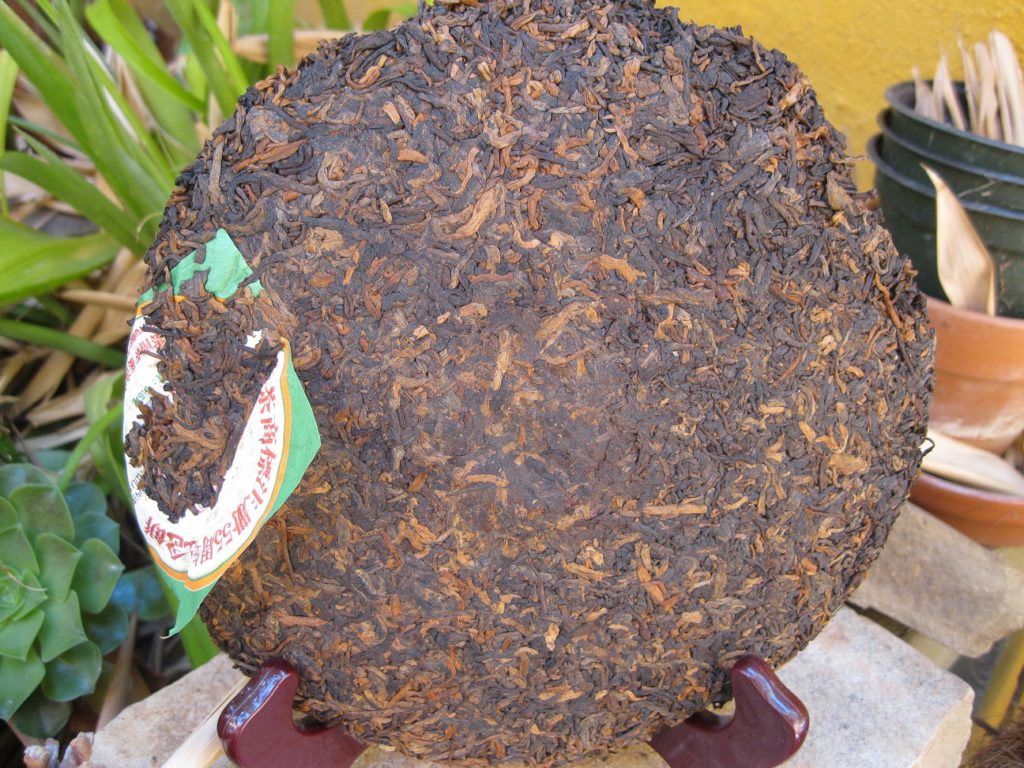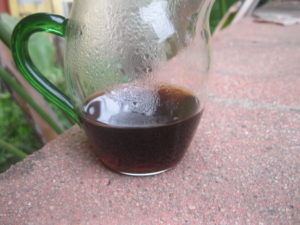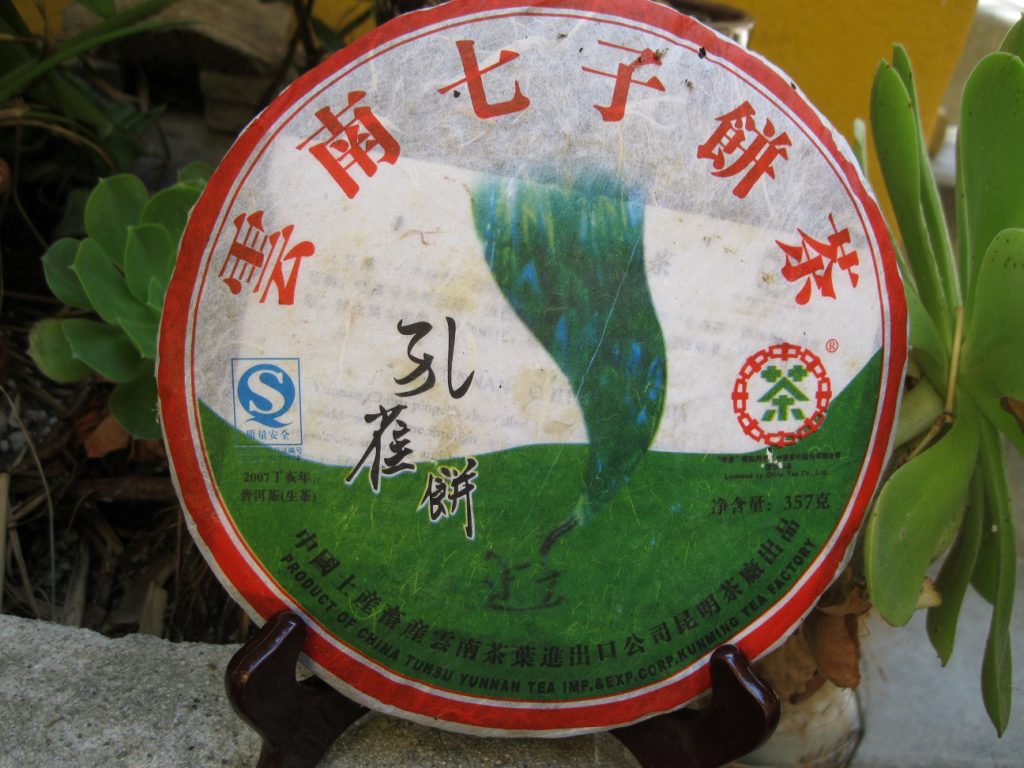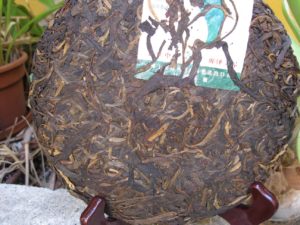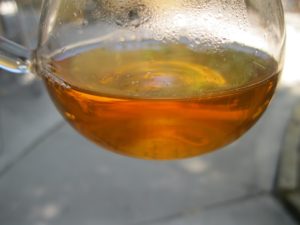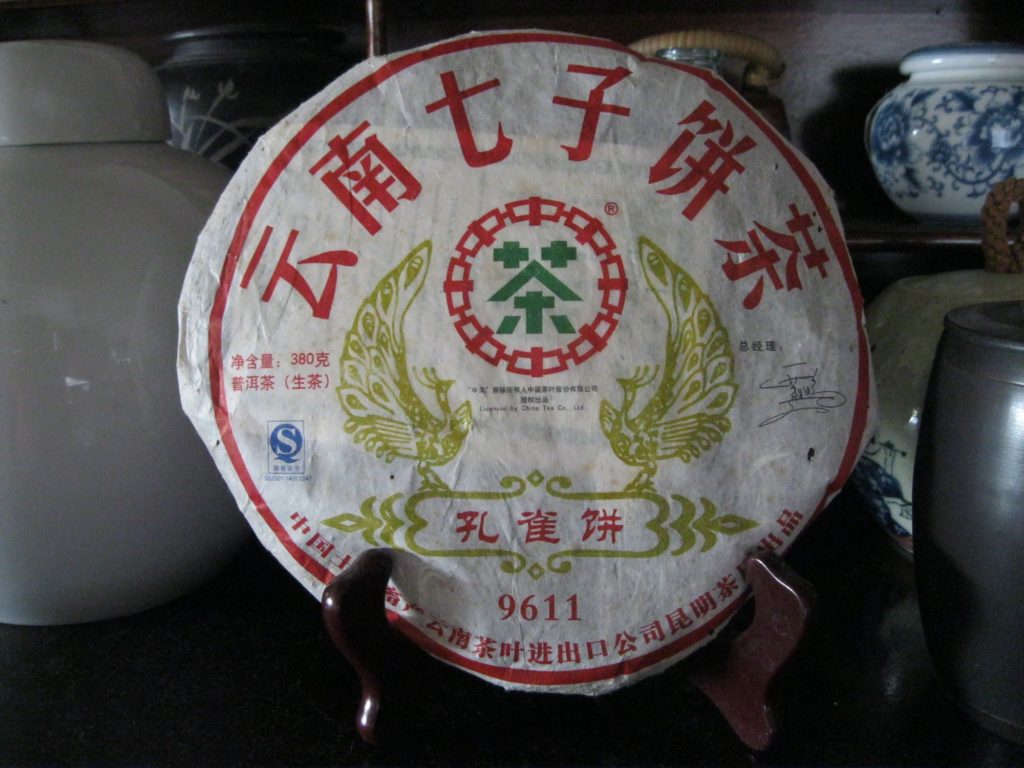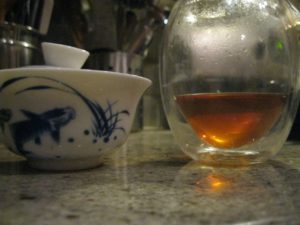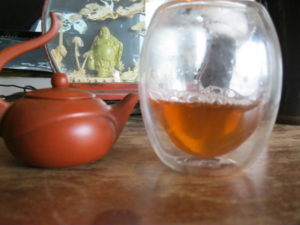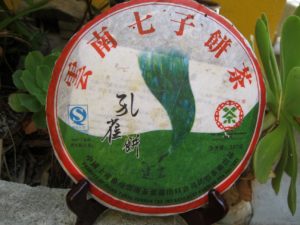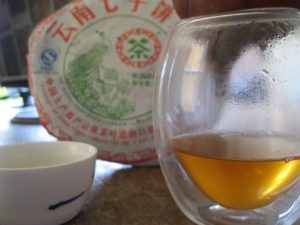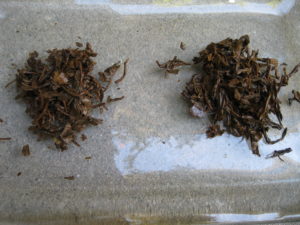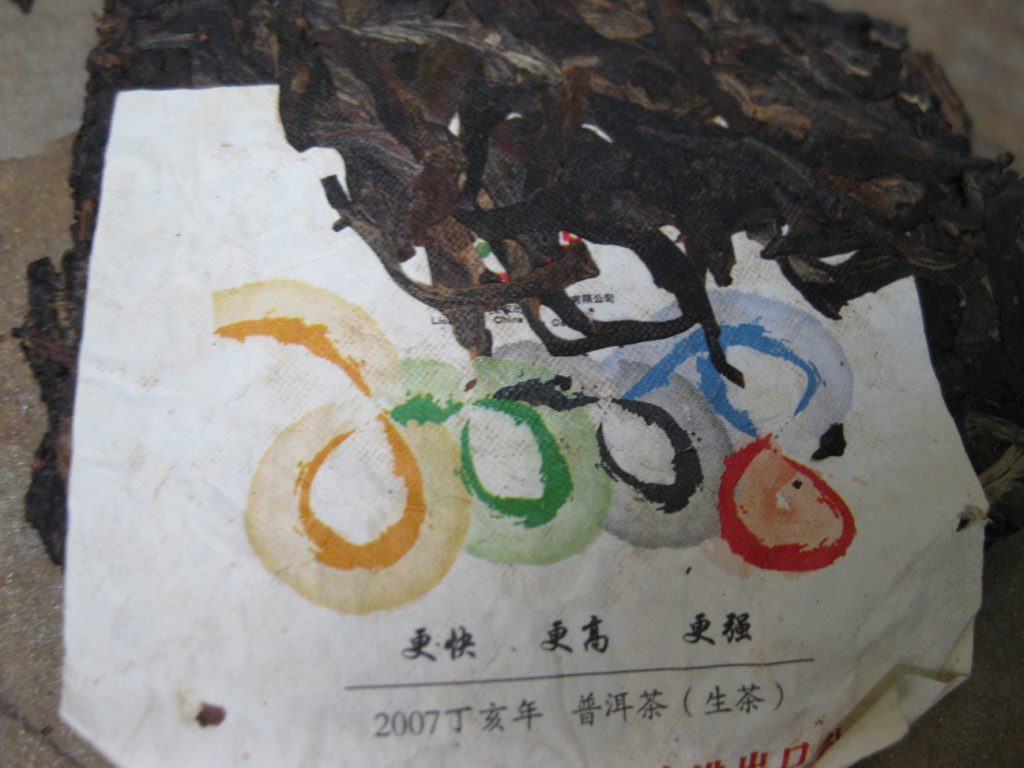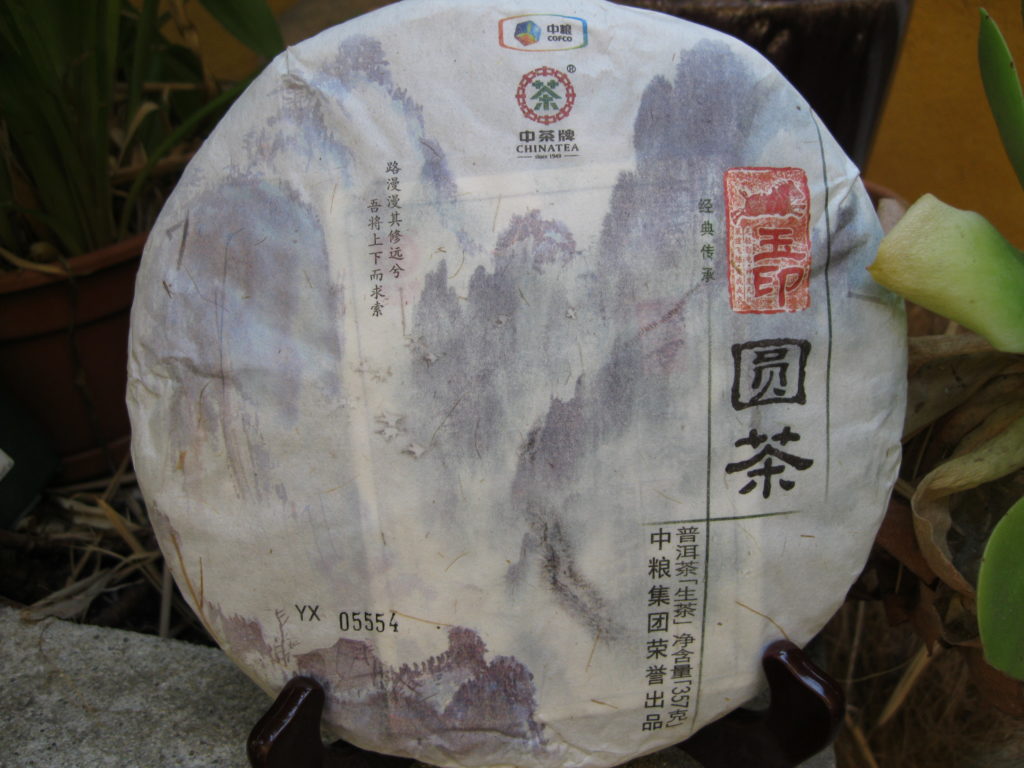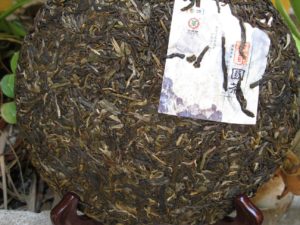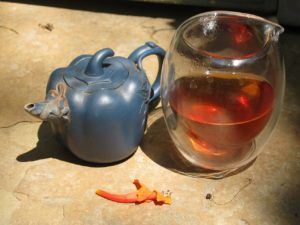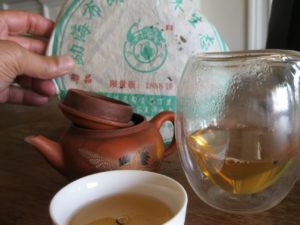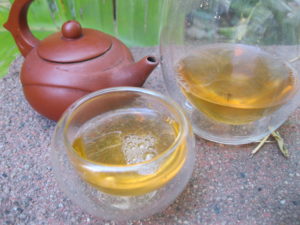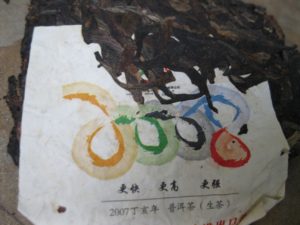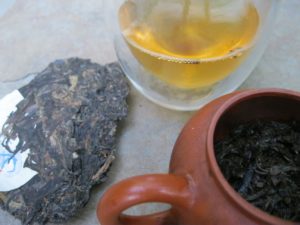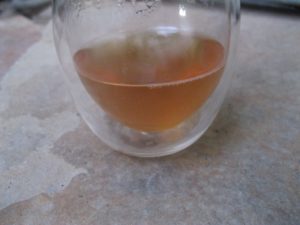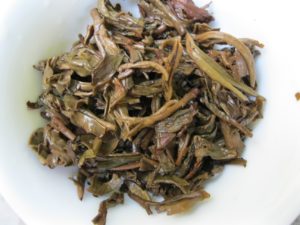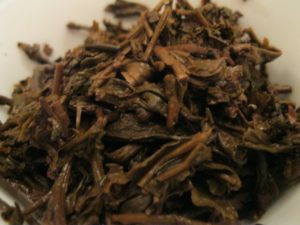Visiting Zhongcha’s ’55 Ripe Puerh
Since the request was something with camphor and chocolate, I gave my wife the option of either the Langhe Ripe Tuo or Zhongcha’s ’55 both from ’06. She chose the latter. The ZC ’55 is in its 13th year. It has transformed from surprising astringency to velvety smooth, especially in the first infusion. The first infusion, about a minute, is definitely the best. Deep medium note camphor permeates the broth. It’s my guess that it would perform even better grampa style.
Altogether, there were four infusions from the session. As the camphor and thickness wanes, black tea tannins come through. For the first time I noticed a hint of dried cherries. By the last infusion, about four minutes, much of the viscosity vanishes, despite remaining a dark caste. I also picked up some vegetal notes, which aren’t my favourite.
The ZC ’55 is an exceptional ripe puerh. Its strongest attribute is how it has been transforming. The tannins continue to mellow, making the brew richer. The camphor is much more evident now. The chocolate appears more evident when the brew temp lowers. Two pots in, the qi kicks in. It warms the chest. A slight sweat broke out on the brow. It also stimulates the appetite. Again, it’s not advisable to have on an empty stomach.

